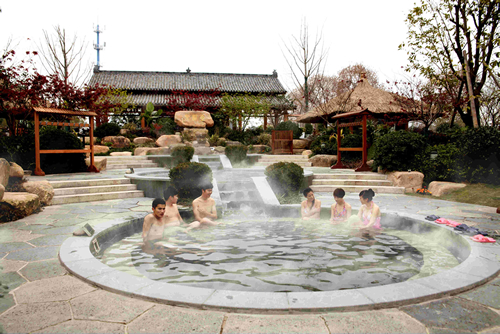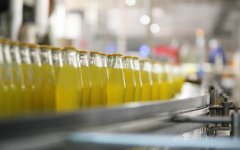ClO2 for Poultry&Livestock
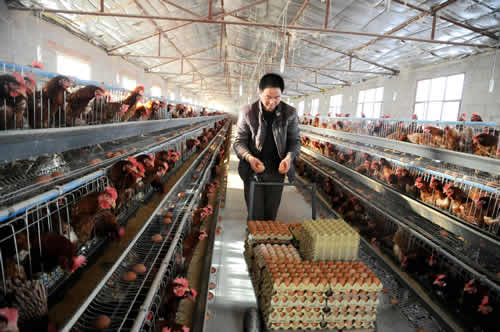
The following features and benefits make chlorine dioxide the best choice for poultry&livestock
§ Approved for drinking water intended for human consumption;
§ No generation of unwanted, harmful by-products, such as carcinogenic and toxic compounds.
§ No corrosion of aluminum, carbon steel or stainless steel at concentrations below 100 ppm;
§ Does not react with ammonia and most organic compounds;
§ Effective in removal of iron and manganese compounds;
§ Removes all biofilm from water distribution systems, the main source of infections;
§ Destroys algae-related taste and odor compounds;
§ Effective against microorganisms (bacteria, viruses, protozoa, fungi, yeasts).
§ No build-up of resistance by microorganisms;
§ Effective against airborne pathogens when “misted”;
§ Effective against all waterborne pathogens between pH 4 and 10;
§ Reduced disease risks; lower to none E-Coli and Salmonella infections.
§ Chlorine dioxide is very specific and enters into only a few side reactions when compared with chlorine, it does not chlorinate organics, therefore it does not form THMs.
§ ClO2 dose not react with water it stays as inert gas in water making it more soluble and more effective.
Presently used Biocides under biosecurity measures –
§ Bleaching Powder (Tropical chloride of Lime).
§ Sodium Hypochlorite.
§ Calcium hypochlorite tablets.
§ Hydrogen Peroxide
§ Formaldehyde
§ Quaternary ammonium compounds. Etc…
The problems typically faced by the livestock&poultry farmers are as follows.
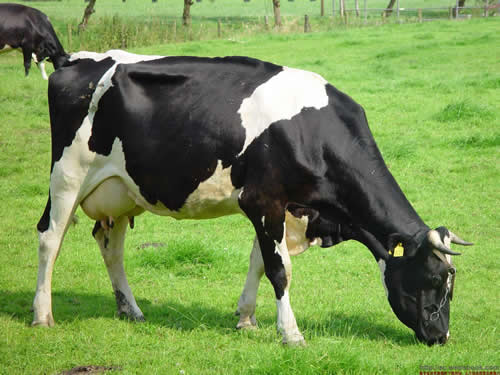
§ The products mentioned does not remove biofilm.
§ Products impart taste to water, if dosing is increased which reduced the water intake.
§ Not effective at vide range of Bacteria, virus, spores & fungi at user level concentration.
§ Corrosive to most of the material reducing the farm life span and increasing the maintenance cost.
§ Increased cost of Antibiotics and medicines due to non maintenance or varied performance of the biocides.
§ Products are carcinogenic in nature.
TheBiofilm Challenge in livestock Farms
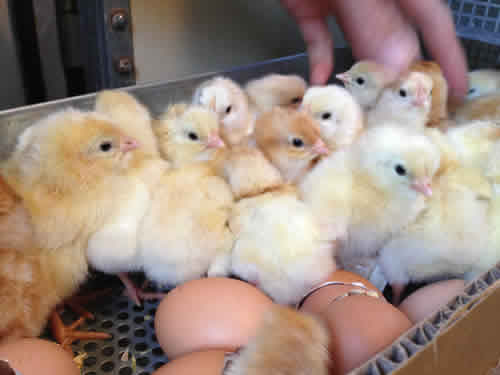
Existing water conditions at farms can vary widely. Germ rates can be low (even 1 CFU/ml), average (100-500 CFU/ml) or high (60,000 CFU/ml). Even if there is a low microbial cell count in the incoming water, most water systems are still plagued by a phenomenon called biofilm. Biofilm is composed of mineral deposits on the inner pipe surface of drinker lines creating an environment in which bacteria (E-coli, etc.) and other microorganisms can thrive. Since 95% of all microorganisms are hiding in the biofilm, removal of the biofilm is imperative for securing persistent microbiological control of the drinking water. Slime grows very quickly in water systems. Planktonic cells flowing in the water clot together and form a layer of sessile cells, which attach to the inner walls of tubes and pipes. Colonies of cells grow rapidly, and attract more planktonic cells. The slime can grow and block free water flow, and forms a contamination which undermines water quality and jeopardizes flock health. In existing water distribution systems, the distribution pipes are permanently contaminated with slime. This is not separated, broken down or permanently removed by chlorine or hydrogen peroxide.

The following features and benefits make chlorine dioxide the best choice for poultry&livestock
§ Approved for drinking water intended for human consumption;
§ No generation of unwanted, harmful by-products, such as carcinogenic and toxic compounds.
§ No corrosion of aluminum, carbon steel or stainless steel at concentrations below 100 ppm;
§ Does not react with ammonia and most organic compounds;
§ Effective in removal of iron and manganese compounds;
§ Removes all biofilm from water distribution systems, the main source of infections;
§ Destroys algae-related taste and odor compounds;
§ Effective against microorganisms (bacteria, viruses, protozoa, fungi, yeasts).
§ No build-up of resistance by microorganisms;
§ Effective against airborne pathogens when “misted”;
§ Effective against all waterborne pathogens between pH 4 and 10;
§ Reduced disease risks; lower to none E-Coli and Salmonella infections.
§ Chlorine dioxide is very specific and enters into only a few side reactions when compared with chlorine, it does not chlorinate organics, therefore it does not form THMs.
§ ClO2 dose not react with water it stays as inert gas in water making it more soluble and more effective.
Presently used Biocides under biosecurity measures –
§ Bleaching Powder (Tropical chloride of Lime).
§ Sodium Hypochlorite.
§ Calcium hypochlorite tablets.
§ Hydrogen Peroxide
§ Formaldehyde
§ Quaternary ammonium compounds. Etc…
The problems typically faced by the livestock&poultry farmers are as follows.

§ The products mentioned does not remove biofilm.
§ Products impart taste to water, if dosing is increased which reduced the water intake.
§ Not effective at vide range of Bacteria, virus, spores & fungi at user level concentration.
§ Corrosive to most of the material reducing the farm life span and increasing the maintenance cost.
§ Increased cost of Antibiotics and medicines due to non maintenance or varied performance of the biocides.
§ Products are carcinogenic in nature.
TheBiofilm Challenge in livestock Farms

Existing water conditions at farms can vary widely. Germ rates can be low (even 1 CFU/ml), average (100-500 CFU/ml) or high (60,000 CFU/ml). Even if there is a low microbial cell count in the incoming water, most water systems are still plagued by a phenomenon called biofilm. Biofilm is composed of mineral deposits on the inner pipe surface of drinker lines creating an environment in which bacteria (E-coli, etc.) and other microorganisms can thrive. Since 95% of all microorganisms are hiding in the biofilm, removal of the biofilm is imperative for securing persistent microbiological control of the drinking water. Slime grows very quickly in water systems. Planktonic cells flowing in the water clot together and form a layer of sessile cells, which attach to the inner walls of tubes and pipes. Colonies of cells grow rapidly, and attract more planktonic cells. The slime can grow and block free water flow, and forms a contamination which undermines water quality and jeopardizes flock health. In existing water distribution systems, the distribution pipes are permanently contaminated with slime. This is not separated, broken down or permanently removed by chlorine or hydrogen peroxide.




